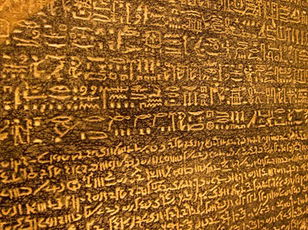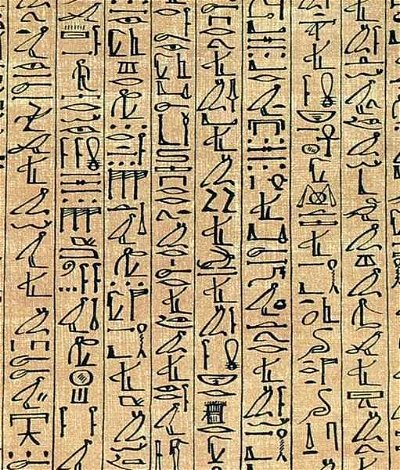
Unlocking the secrets of the Rosetta Stone
This quiz retells the historical story of the Rosetta Stone's discovery. Can you fill in the blanks to decode its legacy?
Easier, 19 Qns, Kalibre,
Oct 16 25

 History students commonly learn that the Rosetta Stone aided in the decoding of hieroglyphics, however, what else is taught about this amazing artifact? Let's see what you know!
History students commonly learn that the Rosetta Stone aided in the decoding of hieroglyphics, however, what else is taught about this amazing artifact? Let's see what you know! |
|
 = Top 5% Rated Quiz,
= Top 5% Rated Quiz,
 Top 10% Rated Quiz,
Top 10% Rated Quiz,
 Top 20% Rated Quiz,
Top 20% Rated Quiz,
 A Well Rated Quiz
A Well Rated Quiz
· All questions, answers, and quiz content on this website is copyright FunTrivia, Inc and may not be reproduced without permission. Any images from TV shows and movies are copyright their studios, and are being used under "fair use" for commentary and education.